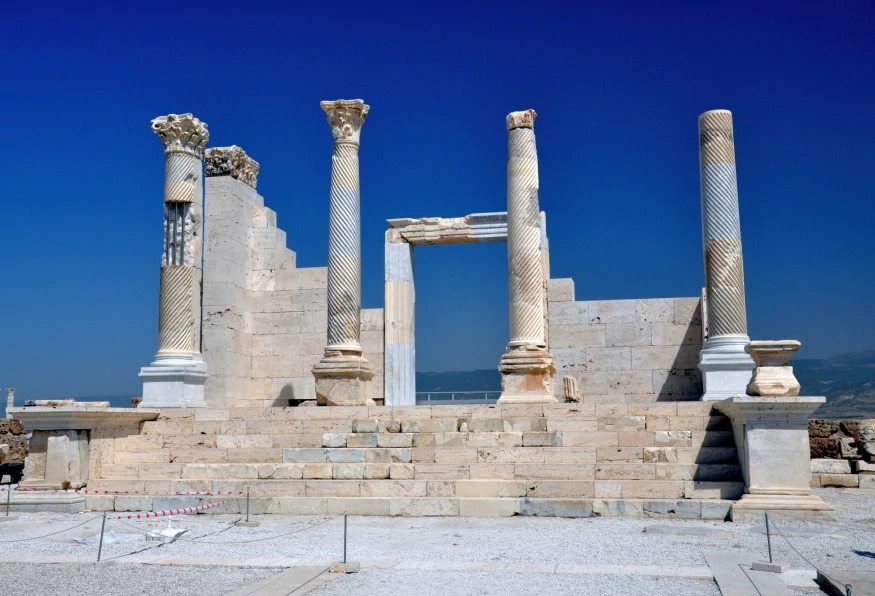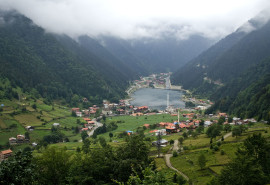Laodicea on the Lycus
ruinsAntiochus II Theos, the Greek king of the Hellenistic Seleucid Empire, founded Laodicea on the Lycus between the tiny rivers Asopus and Caprus circa 261-253 BC.
The name Laodicea means "Justice of the People" in Greek, however, the town was previously known as Diospolis, or "City of Zeus," and then Rhodas. After King Achaeus died in 220 BC, it was no longer a significant city. The city went to the Kingdom of Pergamon in 188 BC, and then to Roman rule in 133 BC.
The city was damaged during the Mithridatic Wars, but it rebounded under Rome's dominion, it took advantage of located on the trade route and rapid growth, become Asia's Minor trading center, known for its black wool trade in particular. According to Strabo, the city's native residents produced a raven black-colored soft wool known as Laodicean and became wealthy and strong through its trade. The city's contemporary reputation is still based on textile production, and several local workshops may be visited. Laodicea is also listed in the book of Revelation as one of the Seven Asian Churches.
Even though the city was destroyed by the earthquakes, numerous historical ruins remain.
The big theatre, located in the north of the city, has a capacity of 20.000 spectators and is built in the Greek style. The little theatre, on the other hand, is located 300 meters northwest of the main theatre and has a seating capacity of 15.000 people.
The Caracalla Nymphaeumu was built in M.S. 215 for the honor of Emperor Caracalla's visit. The city's other attractions include the Bouleuterion, the stadium, the gymnasium, and the Zeus temple.


-thumb.jpg)

